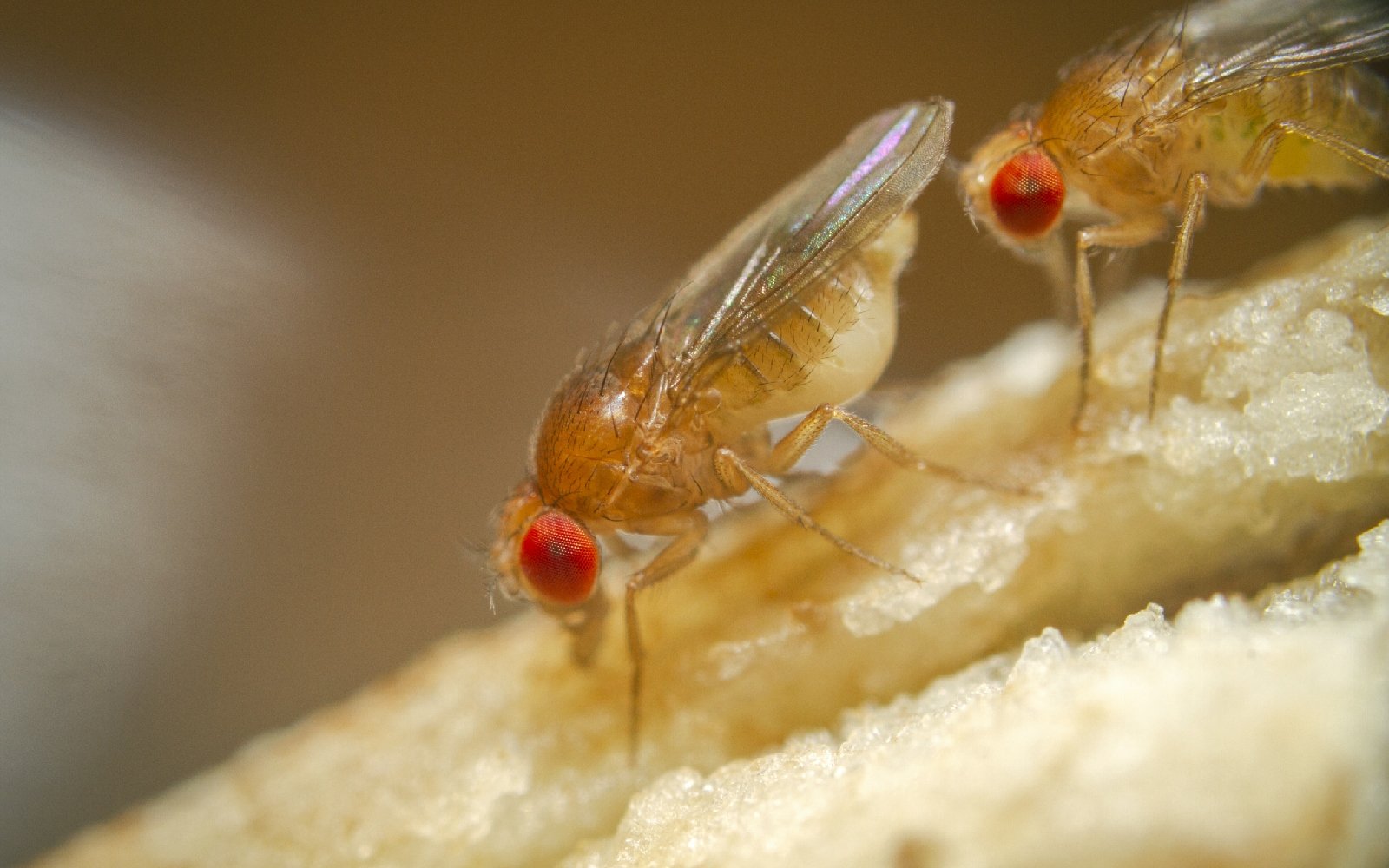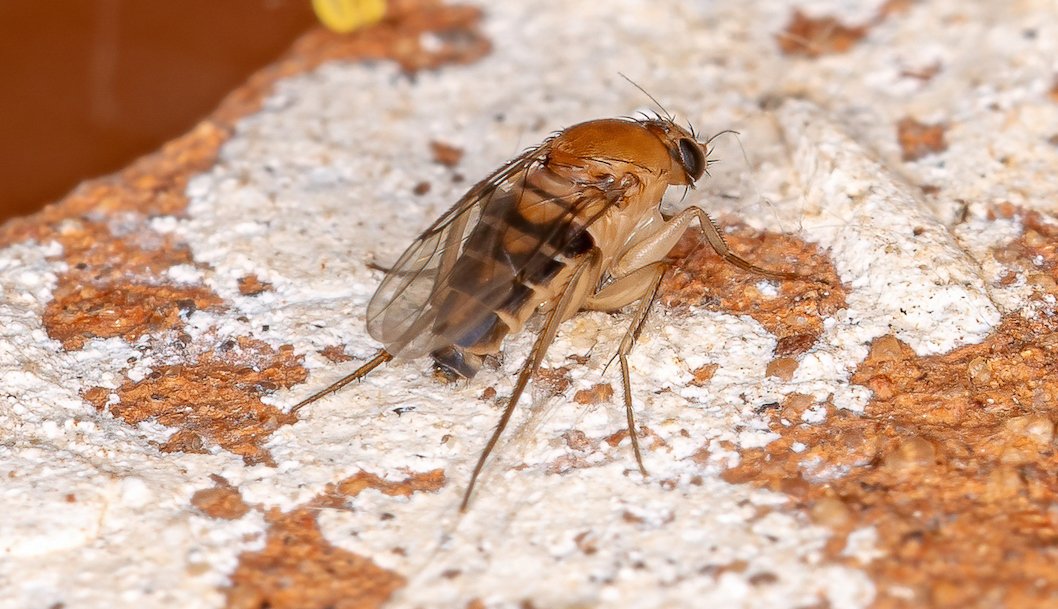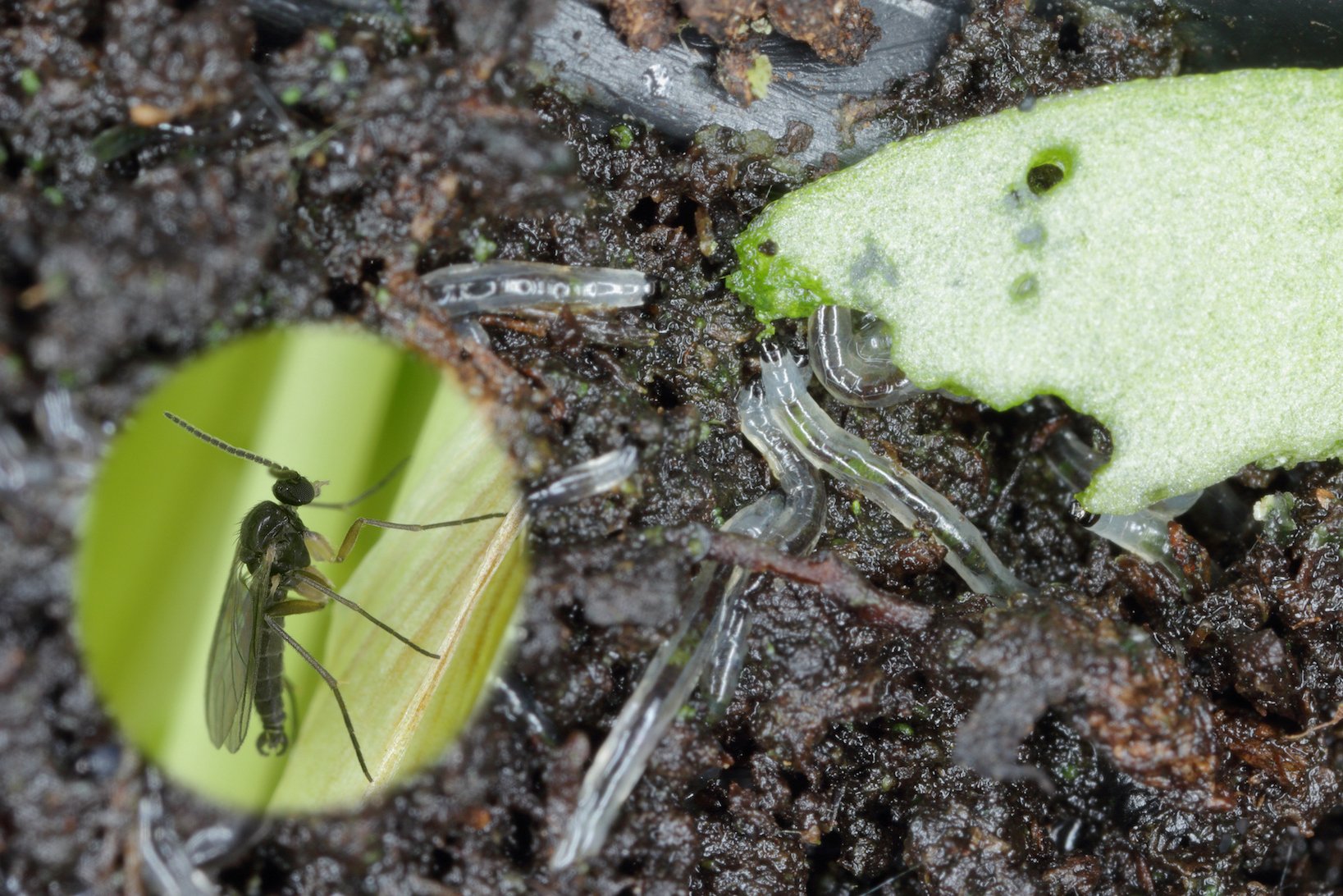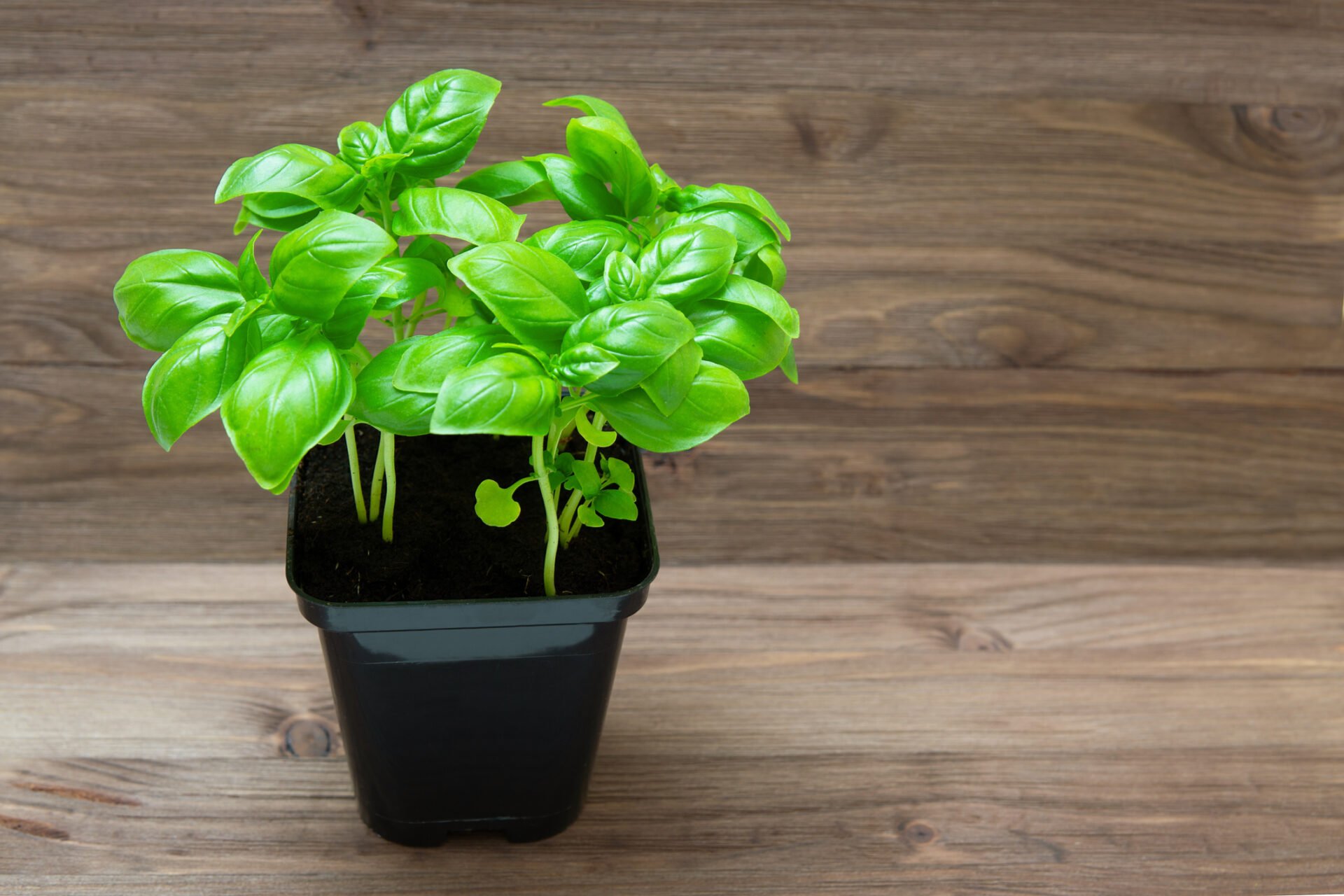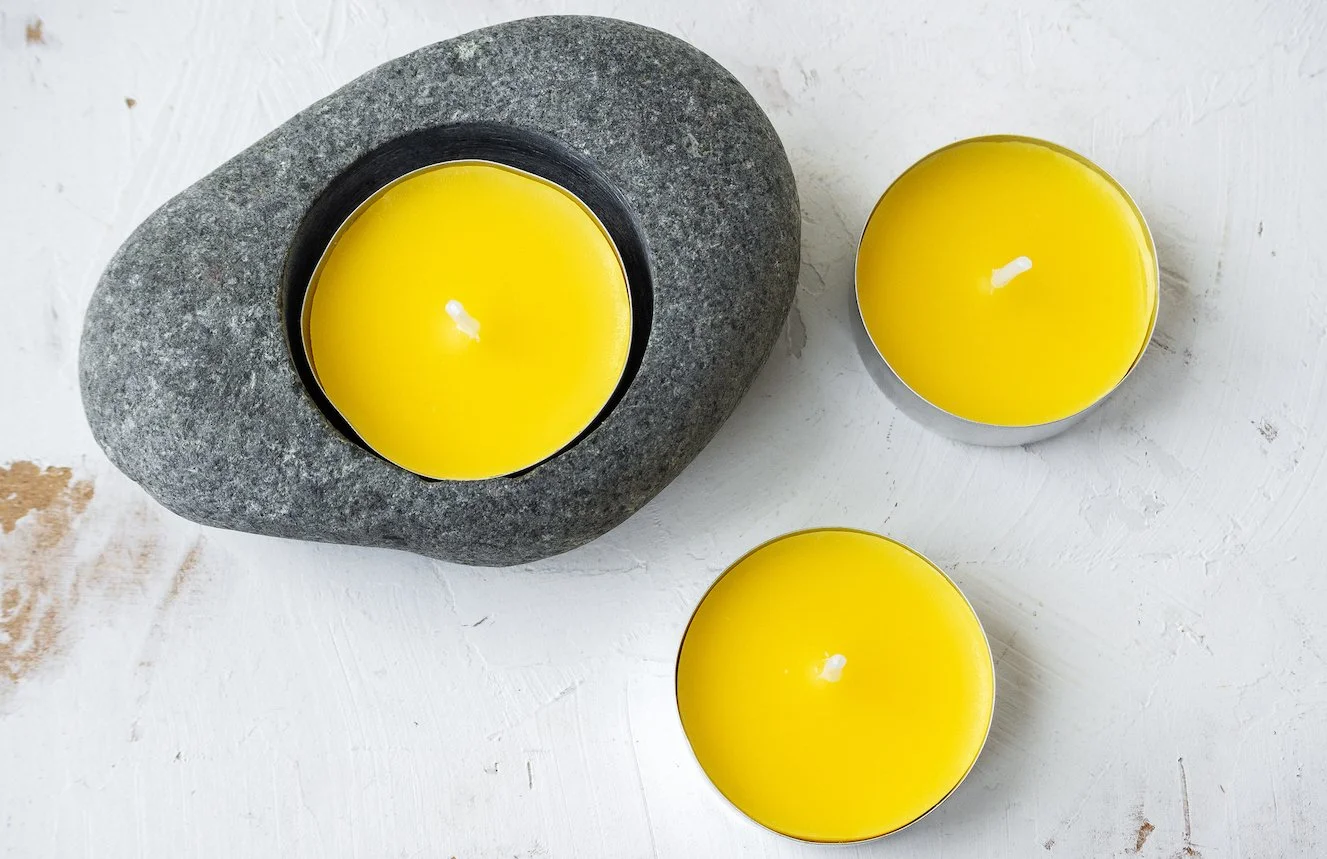Getting Rid of Annoying Gnats in Your Kitchen or Garden
Discover > Texas Mom Blog > Getting Rid of Annoying Gnats in Your Kitchen or Garden
Living in Texas, I’ve come to realize that gnats are some of the most annoying insects out there. This is especially true for me, as I have a compost pit in my backyard as well as a few fruit trees, which these irritating bugs love. However, unlike many households across Texas and the US, I don’t tend to use pesticides to deal with gnats and other insects. Why’s this? Well, there’s enough research out there to show that pesticides pose a considerable amount of harm to me, my family, and my homesteading setup.
If you don’t know what gnats are, they're those little black insects that hang around your garbage bin, over ripe fruits, or in your garden or pot soil. Gnats love to feast on fruit, so if you have any fruit trees in your garden, you're bound to see gnats around. Wondering why am I getting so many gnats in my house and how do I get rid of these pesky bugs? Then this is the article for you!
Types of Gnats
There are various kinds of gnats you may find in and around your home. Depending on what they feast on, there are about four common gnats that you can encounter in the household.
Fruit Flies
Fruit flies are small, dark-colored flies that are attracted to ripe fruits and vegetables. They lay their eggs on the surface of these food items, and the larvae develop inside the decaying matter. So, are gnats and fruit flies the same? Fruit flies don’t have mouth parts, so they can’t bite, gnats can, although not all gnat species bite. Are gnats the same as fruit flies in size? Both insects are about 1/8 in long but their coloring of yellow, tan or brown gnats varies depending on the species.
Drain Flies
Drain flies are often referred to as "moth flies" because of their furry appearance. They breed in drains and other damp areas, and their larvae feed on organic matter that accumulates in these places.
Phorid Flies
Phorid flies are tiny creatures that often go unnoticed until they land on someone's food. They breed in decomposing material, and their larvae feed on mold and fungi.
Fungus Gnats
Fungus gnats are small, dark-colored flies that are attracted to damp soil. Their larvae feed on the roots of plants, and they can cause damage to potted plants in particular.
Preventing the Spread of Gnats
Before you start swatting these annoying insects flying around your eyes, why not prevent them from being there in the first place?
None of us like sharing our homes with pests – and gnats are particularly pesky. They can be difficult to get rid of once they've taken up residence in your house. Luckily, there are a few things you can do to prevent gnats from becoming a problem in the first place.
Keep it Clean
One of the best ways to prevent a gnat infestation is to keep your house clean. Gnats are attracted to dirty surfaces and clutter, so doing things like wiping down counters and vacuuming regularly can help deter them. You should also make sure to empty your trash cans often and keep food stored in airtight containers.
Don’t Let Them Breed
Another way to prevent gnats is to get rid of their breeding grounds. Gnats lay their eggs in damp, dark places, so it's important to keep your home well-ventilated and free from standing water. This means opening doors and windows when possible, using a dehumidifier in damp rooms, and fixing any leaks.
Use Natural Repellents
Finally, you can also deter gnats by using natural repellents. Some of the best gnat repellents like cloves, and basil (how long does basil last?) all have properties that gnats find offensive. And does lemongrass repel gnats? Lemongrass is effective in controlling gnats and other species. It’s also an enjoyable fragrance to have around the house at the same time. You can either place these items around your home or make a spray by boiling them in water and spraying the solution around your house.
Getting Rid of Those Pesky Gnats
Assuming that you already have an existing gnat problem, here are some ways that you can naturally curb the spread of those irksome insects. Of course, it can be quite tempting to use pesticides to deal with your gnat infestation, but the chemicals can produce harmful side-effects that are best to be avoided. So, here are some natural ways to fight against the spread of gnats.
Grow Gnat-Repellent Plants
Certain plants naturally repel gnats and other pests. Some of the most effective lemon-grass, marigolds, and basil. These plants can be grown around your patio or deck area to help keep gnats away, while also giving off refreshing aromas for when you’re relaxing outside.
Set Up a Gnat Trap
You can make your own gnat trap using a mason jar and some apple cider vinegar (how long does apple cider vinegar last?). Simply add a few drops of dish soap to the vinegar, add the mixture to a jar, and place the jar upside down with the opening covered in plastic wrap (with a few small holes poked in it). The gnats will be attracted to the vinegar, but they won't be able to escape the trap.
Keep Your House Clean
Gnats are attracted to dirty places, so the best way to get rid of gnats is to keep your house clean. Vacuum regularly, sweep and mop your floors, and wash your dishes straight away. Gnats are also attracted to fruit, so be sure to keep any ripe fruit stored in the fridge.
Use a Gnat-Repellent Candle
There are many great gnat-repellent candles available at Texas stores and farmers' markets. These candles typically contain citronella or other gnat-repellent essential oils. Place a gnat-repellent candle on your patio or deck area to help keep gnats away.
Whether there’s an orange rotting away in your fruit basket, drain pipes that need cleaning, or overflowing trash in your kitchen, gnats need only a small reason to come invade your home. However, the problem can easily be dealt with using these simple prevention and repellent methods. Particularly prone to cluster flies, Texas offers the ideal conditions, where the cooler temperatures of fall lure cluster flies indoors to hibernate and lay eggs.

